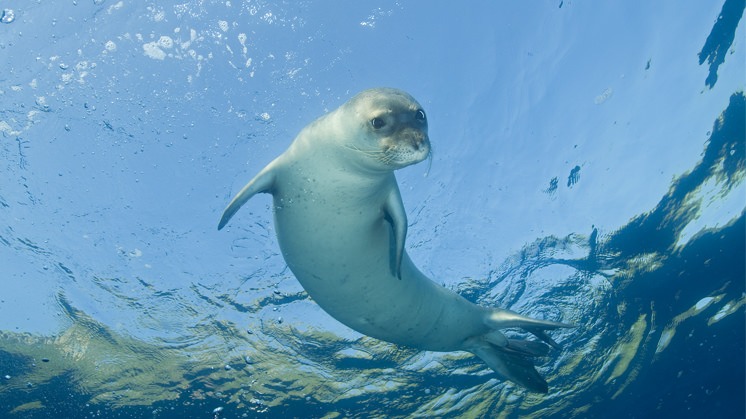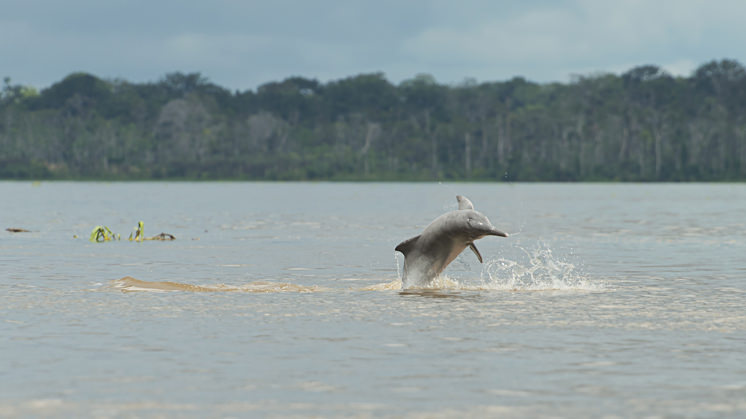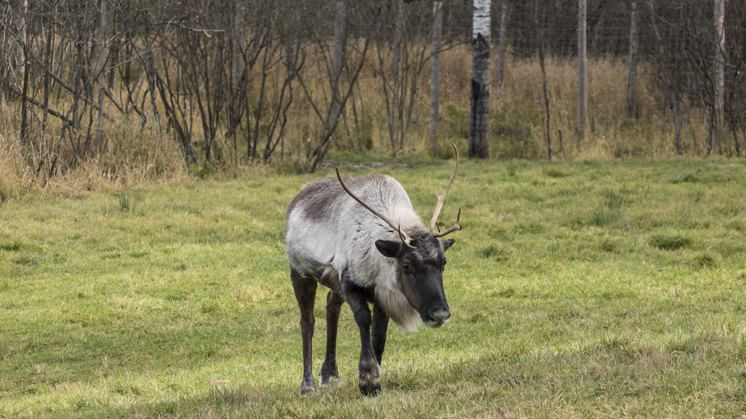The sixth extinction
Climate change is accelerating the sixth extinction
Global biodiversity has declined alarmingly in half a century: more than 42,100 species are at a risk of extinction with climate change being responsible for many of these situations.



In danger of extinction: from hunter to hunted
Would you like someone to tell you about it? Listen to this article. For those who want to change the world.
"Human activity, the consumption of fossil fuels, the acidification of the oceans, pollution, deforestation, and forced migrations threaten life forms of all kinds. It is estimated that one-third of corals, freshwater molluscs, sharks, and rays, one-fourth of all mammals, one-fifth of all reptiles, and one-sixth of all birds are heading towards extinction". This resounding paragraph taken from the book The Sixth Extinction (2015) by journalist and Pulitzer Prize winner Elizabeth Kolbert is a good summary of the current situation of the natural biodiversity on planet Earth.
After this publication, the scientific community began to discuss and study the sixth extinction. The previous five extinctions had occurred over the last 450 million years, due mainly to meteorites and volcanic eruptions. The sixth extinction, however, has to do with human beings. A study by the University of Connecticut External link, opens in new window. (United States), published in the Science journal, indicates that climate change is accelerating this, as climate change by itself will cause the disappearance of nearly 8% of the current species.
External link, opens in new window. (United States), published in the Science journal, indicates that climate change is accelerating this, as climate change by itself will cause the disappearance of nearly 8% of the current species.
Ample evidence demonstrating the reduction in the natural biodiversity of our planet can be found in the Red List of Threatened Species External link, opens in new window. from the International Union for Conservation of Nature (IUCN). In its 2017 edition, this list now includes 42,100 endangered species out of 150,388 assessed In the oceans, to cite just one such example, the rise in temperature and the acidification of water are turning coral reefs — previously lush underwater meadows full of algae, fish, molluscs, and crustaceans — into whitish deserts.
External link, opens in new window. from the International Union for Conservation of Nature (IUCN). In its 2017 edition, this list now includes 42,100 endangered species out of 150,388 assessed In the oceans, to cite just one such example, the rise in temperature and the acidification of water are turning coral reefs — previously lush underwater meadows full of algae, fish, molluscs, and crustaceans — into whitish deserts.
For their part, European scientists have been studying the reduction in the mass of flying insects in natural parks, and the data speaks for itself: 75% since 1990. Climate change and pesticides appear to be the main causes of this significant decline. The decline of bees is on great concern. In the last years, the United States has lost 43% of the population mainly due to parasites, pesticides and an increase in extreme weather events. Who will pollinate the plants that feed us? According to the Food and Agriculture Organisation of the United Nations (FAO), 100 species of crops provide 90% of humanity's food, and 71% of these are pollinated by bees.
The sixth great extinction in figures
Decrease of populations
- -83%
Freshwater species
- -38%
Terrestral species
- -36%
Espécies marinhas
Red list of threatened species
Total species evaluated: 150.388
Total species threatened: 42.100 (27.99%)
The major Threats:
- Loss of habitats
- Overexploitation of species
- Pollution
- Invasive species and diseases
- Climate change
SEE INFOGRAPHIC: The sixth great extinction in figures [PDF]
However, if human beings have been able to produce such profound changes, we should likewise have the power to correct this trend. The fight against climate change requires a commitment to the decarbonisation of the economy by reducing the emission of greenhouse gases. For this, we will need smarter and more efficient methods of energy production, a commitment to responsible consumption, and the creation of equitable financing systems among all types of energy which will not raise the cost of clean energies.








